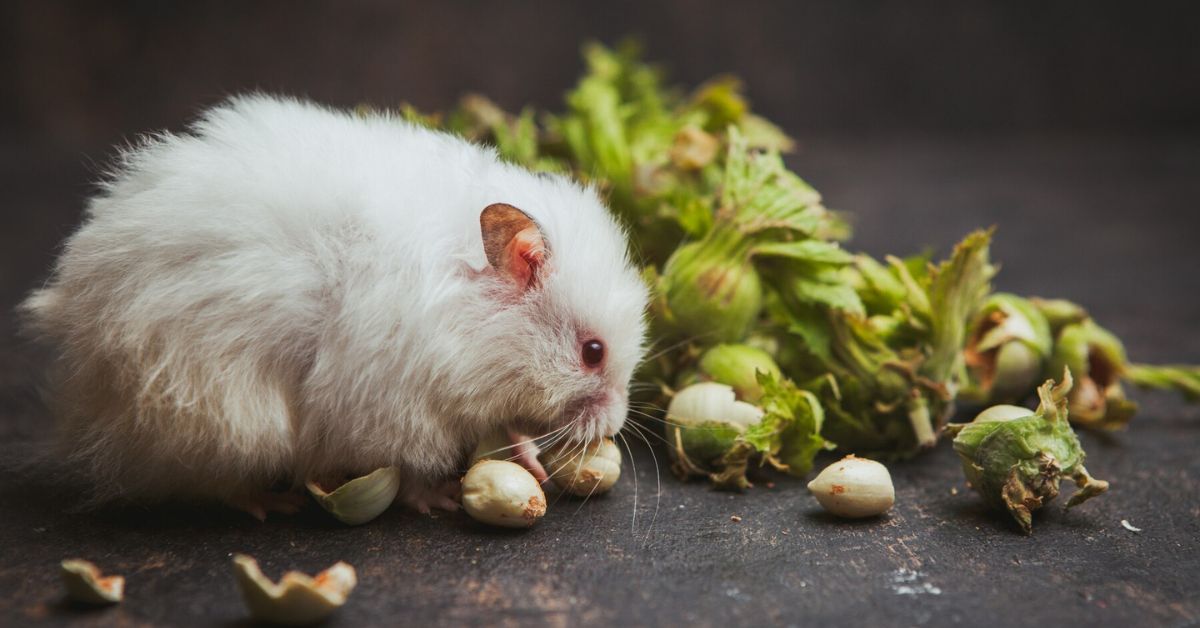When you think about home improvement, door hinge for orange sort of your list of exciting topics. Yet, these small yet essential components play a pivotal role in the functionality and aesthetics of our living spaces. Imagine opening a beautifully crafted door that swings effortlessly on its hinges; it’s an experience that captivates the senses.
But what if we told you there’s more to door hinges than just supporting doors? They come in various shapes, sizes, and even designs, reflecting both style and innovation. From their rich history to modern creative applications, the world of door hinges is full of surprises—especially when we delve into how they relate to the concept of “door hinge for orange sort of.” Let’s unlock this intriguing realm together!
The History and Evolution of Door Hinges
Door hinges have a rich history that dates back to ancient civilizations. The earliest examples can be traced to the Egyptians, who utilized simple pivots made from wood. These rudimentary designs set the foundation for what would evolve over centuries.
As cultures advanced, so did hinge technology. The Romans introduced more complex mechanisms using bronze and iron, allowing doors to swing open with greater ease. This innovation marked a significant leap in both function and durability.
During the Middle Ages, blacksmiths began crafting ornate hinges as symbols of wealth and craftsmanship. Intricate designs adorned castle doors, showcasing artistry alongside utility.
With the Industrial Revolution came mass production techniques that transformed door hinge manufacturing. Steel replaced traditional materials, ensuring increased strength while reducing costs.
Today’s modern hinges reflect an eclectic mix of aesthetics and engineering prowess—tailored not only for functionality but also design harmony within homes.
Different Types of Door Hinges
Door hinges come in a variety of designs, each tailored for specific functions and aesthetics. The most common type is the butt hinge, widely used on residential doors. It features two plates joined by a pin that allows smooth swinging.
Piano hinges are another interesting option. They run the entire length of the door, providing extra support and stability. Ideal for heavy doors or applications where durability is paramount.
Then there are concealed hinges, which offer a sleek look by hiding away from view when the door is closed. These are perfect for modern interiors that prioritize minimalism.
Strap hinges stand out with their elongated shape, often used on gates and barn doors to create rustic charm while maintaining strength.
Pivot hinges allow doors to swing both ways—ideal for busy spaces like restaurants or cafes where foot traffic flows continuously.
Materials Used in Door Hinges
Door hinges come in a variety of materials, each offering distinct benefits. Steel is one of the most common choices. It’s strong and durable, making it perfect for heavy doors.
Brass hinges add a touch of elegance while providing excellent corrosion resistance. This material is often found in vintage or ornate door designs.
Aluminum offers lightweight versatility and resistance to rust. It’s ideal for exterior applications where weather exposure is a concern.
For those looking for sustainability, wooden hinges are an intriguing option. Though less common today, they provide a rustic charm that can enhance traditional decor styles.
There’s also plastic, which has gained popularity due to its low weight and cost-effectiveness. It might not be as sturdy as metal options but works well in lighter applications.
Each material contributes uniquely to functionality and aesthetic appeal, allowing homeowners to select what aligns best with their vision.
Unique and Creative Door Hinge Designs
Door hinges don’t have to be mundane. Designers are pushing the boundaries, creating pieces that stand out as art in their own right.
Take a look at decorative hinges featuring intricate motifs or patterns. These can transform an ordinary door into a focal point of any room.
Some designers use bold colors and finishes, making hinges pop against traditional wood or painted doors. A vibrant hinge can add an unexpected splash of personality.
Then there are bespoke designs tailored specifically for unique spaces. Think about quirky shapes inspired by nature—like butterfly or leaf silhouettes—that bring whimsy to everyday functionality.
Artisan-crafted options also showcase craftsmanship with hand-forged metalwork, giving each piece its own character and history. Customization allows homeowners to reflect their personal style through something as simple yet essential as a hinge.
The Role of Door Hinges in Home Decor
Door hinges often go unnoticed, yet they play a vital role in home decor. They are far more than mere functional components; they can enhance the aesthetic appeal of any space.
When selected thoughtfully, door hinges can complement your interior style. Whether sleek and modern or vintage and ornate, the right hinge adds character to doors. A pop of color or a unique finish can transform an ordinary entryway into something extraordinary.
Architectural styles vary greatly, and hinges provide subtle ways to tie together diverse elements within a room. Choosing finishes that match other hardware—like doorknobs or light fixtures—creates visual harmony throughout your home.
Moreover, creative designs make hinges statement pieces themselves. Artistic interpretations allow homeowners to express their personality while adding intrigue to otherwise standard doors. After all, every detail matters when crafting an inviting atmosphere!
Choosing the Right Door Hinges for Your Home
Selecting the ideal door hinge for your home can significantly impact both functionality and aesthetics. Consider the weight of your doors first. Heavier doors demand sturdier hinges to ensure smooth operation.
Next, think about style. Traditional homes might benefit from ornate designs, while modern spaces often call for sleek finishes. The right hinge can enhance the overall look of your interiors.
Don’t overlook material choice either. Stainless steel offers durability against rust, while brass provides a classic charm that ages beautifully.
Size matters too; make sure hinges are proportionate to the door’s dimensions for seamless movement without strain.
Consider whether you prefer concealed or exposed hinges based on privacy or visual appeal preferences. Each option has its unique advantages tailored to different needs and styles in any living space.
Maintenance and Repair Tips for Door Hinges
Regular maintenance keeps door hinges functioning smoothly. Start by cleaning them with a damp cloth to remove dirt and grime. This simple step can prevent rust and wear.
Lubrication is essential for optimal performance. Use a silicone spray or graphite powder on the hinge pin, ensuring it penetrates well. Avoid oil-based lubricants as they tend to attract dust over time.
Check for misalignment by observing how easily your door opens and closes. If you notice sticking or squeaking, it might be time to adjust the screws on the hinge plates.
If you encounter rust, gently sand it away before applying a protective coating to prevent further corrosion.
For minor repairs, replace worn-out pins rather than the entire hinge if possible. This saves money while restoring functionality without much hassle. Always have spare hinges on hand for quick fixes when needed.
Alternative Uses for Door Hinges
Door hinges are often overlooked as mere mechanical components. However, their functionality can be harnessed in unexpected ways.
Consider using door hinges for DIY projects. They can serve as unique bookends, holding your favorite reads upright while adding a touch of industrial charm to your space.
You might also explore creating wall art with them. A series of painted or polished hinges mounted on a canvas can become a striking focal point in any room.
For those into gardening, old door hinges can transform into stylish plant hangers. Just attach them to the side of a planter box for an intriguing display that draws attention.
Children’s play areas benefit too; use sturdy hinges to create pivot points for swings or teeter-totters. This adds both fun and creativity without much expense.
The possibilities are endless when you think outside the traditional uses!
Conclusion
Exploring the world of door hinges reveals a blend of functionality and artistry. These seemingly simple mechanisms play a vital role in our daily lives.
When you consider their importance, it’s fascinating to see how they can reflect personal style and creativity. Each hinge carries with it not just utility but also aesthetic potential.
Whether you’re selecting traditional options or venturing into modern designs, your choice can enhance your home décor significantly. The right door hinge for orange sort of can be an unexpected focal point.
Maintenance is key to longevity, ensuring that these integral components continue to function beautifully over time. Embracing unique uses for them opens up even more possibilities for innovation in design and decor.
Every detail counts when creating a space that feels uniquely yours. So don’t overlook those little details—after all, they might just hold the door open to new ideas!
FAQS
What is a door hinge for orange sort of?
A “door hinge for orange sort” typically refers to specialized designs or colors tailored toward specific themes or color palettes, such as those complementing an orange-themed decor.
How do I choose the right type of door hinge?
Consider factors like weight capacity, style preference, and the environment where it will be used (interior vs exterior). It’s also important to match it with your existing hardware.
Are there any unique materials used in modern door hinges?
Yes! While traditional metal remains popular, you’ll find options made from durable plastics or even recycled materials designed for eco-friendly homes.
Can I customize my door hinges?
Absolutely! Many manufacturers offer customization options including finishes, shapes, and sizes to suit individual tastes.
What maintenance do door hinges require?
Regularly check for rust or wear. Lubricate them periodically with oil specifically designed for metal parts to ensure smooth operation.





